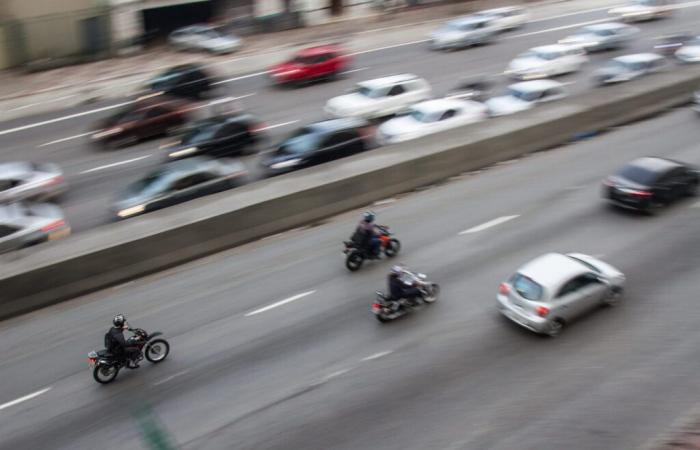
A new type of radar should become widespread on the roads and streets of France from 2025. But unlike other devices, it will only penalize a very specific nuisance.
Radars have evolved significantly in recent years, becoming more and more sophisticated. If the classic cabs punishing speeding remain familiar to motorists, other models have recently appeared on the roads of France. Some devices track phone use while driving or detect failure to wear a seat belt. Still others are able to control the number of passengers in carpool lanes. But something new is on the horizon, with a very different objective.
Indeed, after a period of testing in various areas (Paris, Nice, Toulouse, etc.), a new system is in the approval phase: noise-cancelling radar. Unlike its predecessors, this system is not interested in the speed or behavior of drivers, but in the noise pollution caused by vehicles. Nicknamed “jellyfish radar” because of its shape, it can precisely measure the decibels emitted by engines, exhausts and other horns. And thus sanction vehicles exceeding the authorized noise threshold.
Because in addition to ultra-sensitive microphones, the noise-cancelling radar is also equipped with cameras to identify the precise source of the noise. Riders of tampered motorcycles, often involved in nighttime urban rodeos, as well as motorists using modified exhausts, are particularly targeted. Heavy goods vehicles with noisy engines will not be left out. These devices have already proven themselves abroad, notably in Switzerland, where they have made it possible to considerably reduce noise pollution on certain sections of road.
Tests in France showed that these radars could detect noise violations within a radius of 15 meters around the cabin. They identify vehicles emitting more than 85 decibels, a threshold considered harmful to health by the World Health Organization (WHO). According to the latter, noise pollution is the second cause of environment-related illnesses in Europe, just behind air pollution. Ultimately, vehicles that are too noisy will be penalized with a fine of 135 euros. Drivers of noisy two-wheelers, poorly maintained trucks and even cars using their horns excessively could be fined.
These noise-cancelling radars mark a new stage in road surveillance. In addition to safety, they aim to improve the quality of life, especially in urban areas. Their supporters hope they will help calm the cities. However, their generalization could cause tensions, particularly with motorcyclists and transporters, who consider these measures excessive.
The large-scale deployment of noise-cancelling radars should begin in spring 2025. If these devices succeed in significantly reducing nuisances, their installation could quickly extend to the entire French territory. They will thus complement the arsenal of current radars, ever more intelligent and more versatile, with one goal: to make our roads safer and more peaceful.





